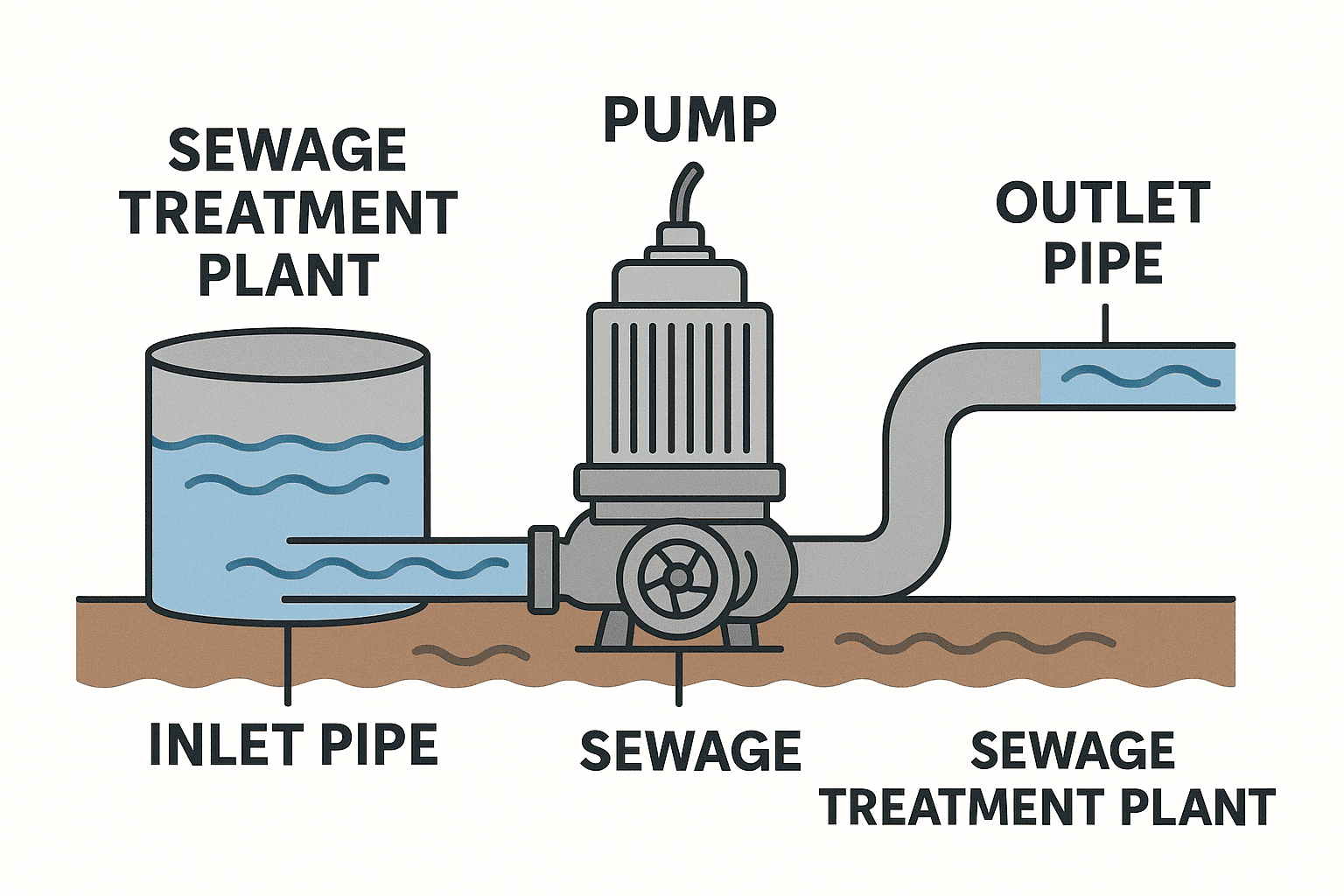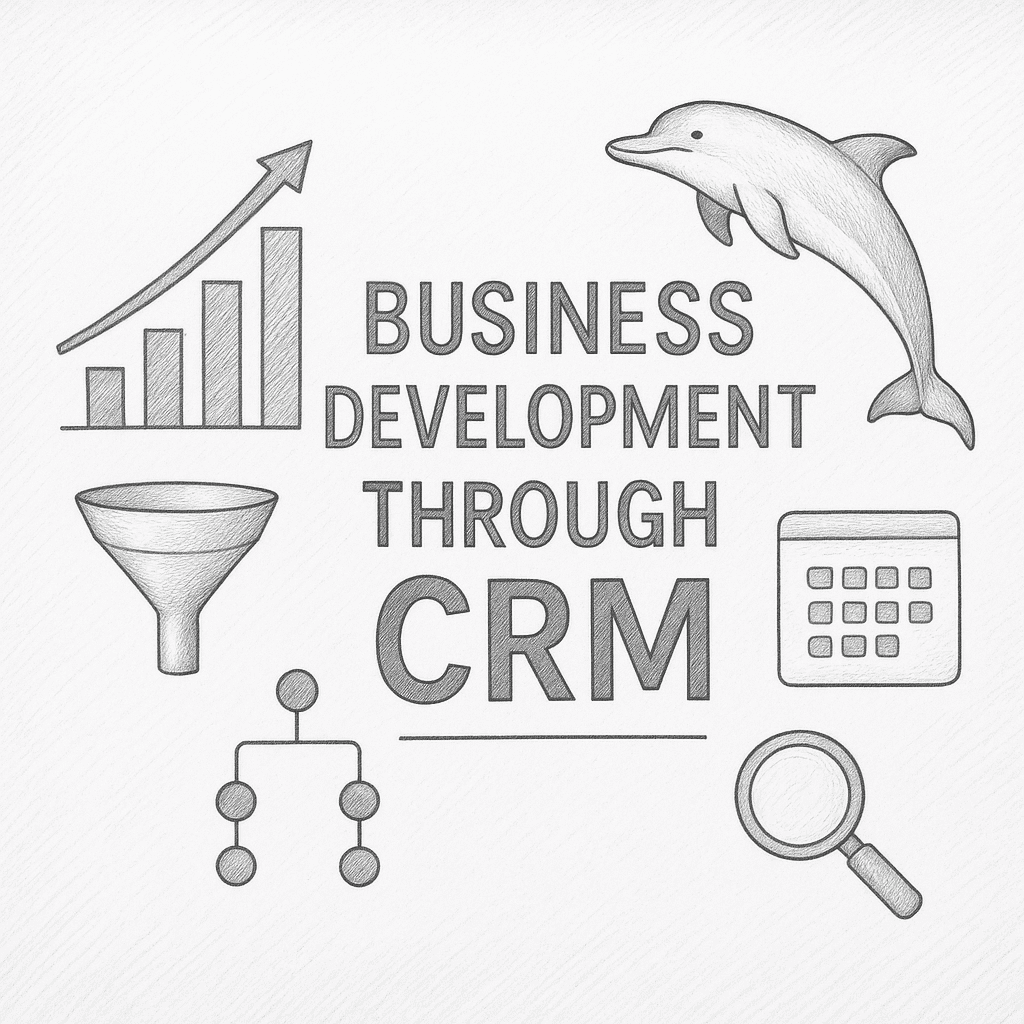Marketing Sewage Treatment Plant Pumps: A Complete Guide
Sewage treatment may not be the most glamorous subject, but it is one of the most essential when it comes to maintaining public health, environmental sustainability, and urban development.
At the heart of every efficient sewage treatment system are the pumps that keep wastewater flowing through the treatment stages. Whether you’re a manufacturer, distributor, or marketing professional in the wastewater industry, understanding how to effectively promote sewage treatment plant (STP) pumps is crucial.
This article offers a comprehensive overview of what STP pumps are, their technical complexities, and how to successfully market them.
Explaining Sewage Treatment Plant Pumps in Simple Terms
Imagine you’re in your home and you flush the toilet, run the tap, or use the washing machine. All that water—full of waste and dirt—needs to go somewhere. That’s where a sewage treatment plant comes in. Think of it as a big cleaning centre for dirty water.
Now, how does this dirty water travel from homes and buildings to this big cleaning centre? That’s where the pumps come in. You can think of these pumps like big, strong vacuum cleaners that move the dirty water from one place to another. They push and pull the water through pipes and tanks so it gets to the treatment plant and moves through the stages where it gets cleaned.
Some pumps are like gentle pushers, quietly keeping the water moving, while others are like powerlifters, pushing water uphill or through thick, sludgy waste. They work hard all day, every day, and without them, everything would come to a very smelly standstill!
Technical Considerations When Selecting and Installing Sewage Treatment Plant Pumps
While the concept of a pump moving water might sound simple, selecting the right sewage treatment plant pump involves a range of technical considerations. Each treatment system and site comes with its own set of challenges, and these must be carefully accounted for when choosing and installing a pump.
1. Pump Type and Application
The choice of pump depends largely on the type of wastewater being handled. Common types include:
-
Centrifugal pumps – ideal for liquids with low solid content.
-
Submersible pumps – placed directly in the wastewater; suitable for pumping raw sewage.
-
Positive displacement pumps – better for viscous sludge and slurries.
The nature of the fluid—whether it’s raw sewage, treated effluent, or sludge—will heavily influence the pump selection.
2. Flow Rate and Head Pressure
You need to calculate the flow rate (how much water needs to be moved per minute or hour) and the head (how far and how high the water needs to be pumped). Undersized pumps can result in system failure, while oversized pumps waste energy and wear out faster.
3. Solids Handling Capacity
Sewage isn’t just water—it’s full of debris, wipes, grease, and other solids. Pumps must be capable of handling these without clogging. Some pumps come with grinders or cutters to break up solids, which can be crucial in certain installations.
4. Energy Efficiency
Wastewater treatment plants often operate 24/7, making energy consumption a major cost factor. Modern pumps with variable frequency drives (VFDs) allow operators to adjust the motor speed and optimise energy use.
5. Corrosion and Abrasion Resistance
Given that wastewater contains corrosive chemicals and abrasive particles, materials like stainless steel, cast iron, or special coatings may be required to ensure pump longevity.
6. Maintenance and Accessibility
Pumps in treatment plants must be easily accessible for regular inspection, cleaning, and repairs. Submersible units, for example, may need to be lifted out for maintenance, so facilities should plan for access points and lifting equipment.
7. Control and Monitoring Systems
Modern STP pumps are often integrated with automated control panels and remote monitoring systems that ensure optimal operation, detect issues early, and reduce downtime.
Marketing and Promoting Sewage Treatment Plant Pumps
Promoting industrial equipment like sewage pumps may not sound thrilling, but in reality, it’s a competitive field where branding, technical trust, and value propositions make all the difference. Here’s a detailed guide on how to successfully market STP pumps:
1. Know Your Audience
Your audience might include civil engineers, plant operators, environmental consultants, or procurement officers in municipalities and private firms. Understand their pain points: reliability, compliance, efficiency, and cost-effectiveness are often top of mind. Tailor your messaging accordingly.
2. Technical Content is King
High-quality, technically rich content builds credibility. This includes:
-
Product datasheets with clear specifications.
-
Case studies demonstrating real-world performance.
-
Comparison charts with competitors.
-
White papers or engineering blogs explaining pump selection.
This content should be SEO-optimised for online discoverability, but also available in downloadable formats for project tenders.
3. Emphasise Certification and Compliance
Showcase certifications like ISO, CE marking, or compliance with UK Water Industry Mechanical and Electrical Specifications (WIMES). Environmental regulations are strict, and buyers want assurance your pumps meet legal and operational standards.
4. Highlight Service and Support
Promoting after-sales support, maintenance services, training, and spare parts availability reassures potential clients. Consider offering warranties and custom servicing packages, and include testimonials to back it up.
5. Leverage Digital Channels
Use digital marketing to target both B2B and B2G audiences:
-
LinkedIn for professional engagement and thought leadership.
-
YouTube or Vimeo for explainer videos and product demonstrations.
-
Targeted Google Ads with industry-specific keywords.
-
Regular email newsletters to keep engineers and consultants informed.
6. Trade Shows and Industry Events
Physical presence still matters. Exhibiting at water industry expos, sustainability conferences, or infrastructure trade fairs allows hands-on demos and direct engagement. Have technical brochures, free samples, and even virtual reality walkthroughs of pump installations if budget allows.
7. Partner with Industry Bodies and Installers
Collaborate with engineering consultants, contractors, or pump installation firms. They’re often key influencers in the decision-making process. Co-marketing opportunities with recognised industry bodies also enhance brand trust.
8. Innovation and Sustainability Messaging
Pumps with smart features, low-carbon footprints, or IoT integration should be prominently highlighted. Many buyers now have sustainability goals and are actively seeking eco-friendly solutions.
Summary
Marketing sewage treatment plant pumps is about more than just selling a mechanical component—it’s about delivering reliability, safety, and sustainability in one of the most critical sectors of infrastructure. By simplifying the message, respecting the technical complexity, and employing effective, targeted marketing strategies, businesses can build trust, expand reach, and position themselves as leaders in the wastewater industry. Whether you’re explaining it to your gran or pitching to a procurement officer, clarity, precision, and value are key.



